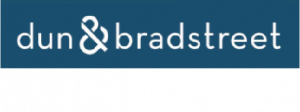Tech Trends - IIOT
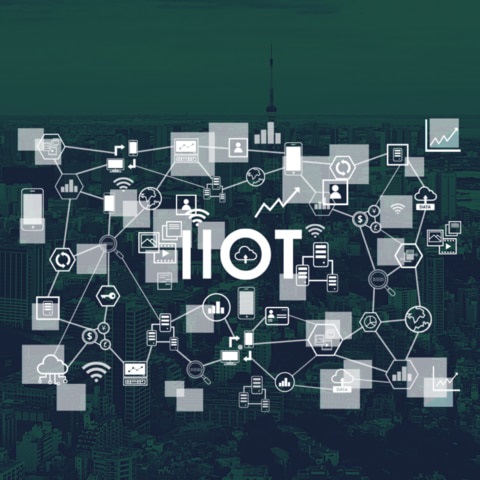
Since 5G enables a new kind of network that is designed to connect virtually everyone and everything together including machines, objects, and devices, Internet of Things (IoT) became reality. IoT describes physical objects with sensors, processing ability, software, and other technologies that connect and exchange data with other devices and systems over the internet or other communications networks.
On the other hand, Industrial internet of things (IIoT) refers to interconnecting sensors, instruments, and other devices networked together with computers’ industrial applications.
Why do we need to emphasize “industrial”? Because the IIoT is an evolution of a distributed control system (DCS) that allows for a higher degree of automation by using cloud computing to refine and optimize the process controls. There are five important technologies related to the revolution: cyber-physical systems (CPS), cloud computing, edge computing, big data analytics, and AI & machine learning. These transformed the industrial applications to a more “smart” level. Whether it’s enabling AI to detect defects or big data analytics to provide real-time production data, etc. By combining machine-to-machine communication, IIoT is driving levels of efficiency, productivity, and performance. As a result, many industries are experiencing transformative operational and financial benefits now.
Here we also want to bring a basic knowledge of IIoT’s architecture and infrastructure. It’s usually conceived as a layered modular architecture of digital technology. The device layer refers to the hardware components such as CPS, machines, and sensors. The network layer consists of hardware buses and software, cloud computing, and communication protocols, which aggregate and transport the data into the next layer, the service layer. The service layer consists of applications for displaying the information.
The first thing to consider when you want to invest in the IIoT is the total cost. It doesn’t just analyze from a financial perspective. The ROI (return of investment) should also include three areas of analytics: availability, scalability, and security. Starting from industrial operating processes, it can help you determine which devices are critical that must monitor remotely with a mass volume of change management. Then think one step further about cybersecurity.
The biggest risk of implementing IIoT solutions pertains to security. Unsecured IIoT systems can lead to operational disruption and monetary loss. Some possible risks are:
Software vulnerabilities that can be exploited to attack systems
Hacking, Targeted attacks, and data breaches
System manipulation that causes operational disruption (product recalls)
System malfunction that results in damage.
Before 5G, IIoT was in its infancy. Now it’s booming. No matter where you are on your Industrial Internet journey, understanding what you need and applying a solution that can deliver breakthrough business outcomes with simplicity, speed, and scale is what benefit you most. In the following article, we will dive deeper into technologies of the 5G era. We will talk about Edge computing. Till next time!

Tech Trends - COM Express
Computer-on-Module (COM) or System-on-Module (SOM) is the most popular and excellent high-performance computing solution for various industrial applications.
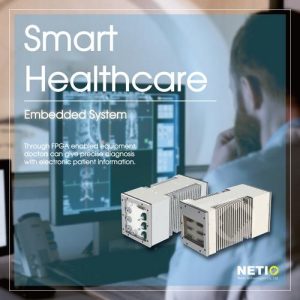
Tech Trends - FPGA
FPGA stands for field-programmable gate array. It is an integrated circuit that implements code in hardware to execute a thousand times faster than in a processor.
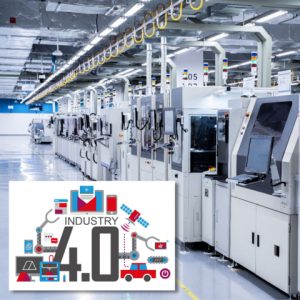
Tech Trends - Industry 4.0
Fourth Industrial Revolution (Industry 4.0) The fourth Industrial Revolution (Industry 4.0, aka IIoT, Industry Internet of Things) is here to stay.

Tech Trends - 5G
5G is a popular term now, but the origin was from telecommunications. It’s the fifth-generation technology standard for broadband ce....
Sign up for our email brief for IPC articles, news, and more.
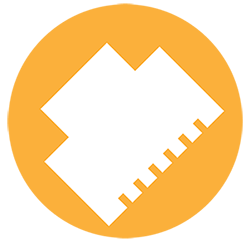
Netio Technologies
Your Best Design Partner !

